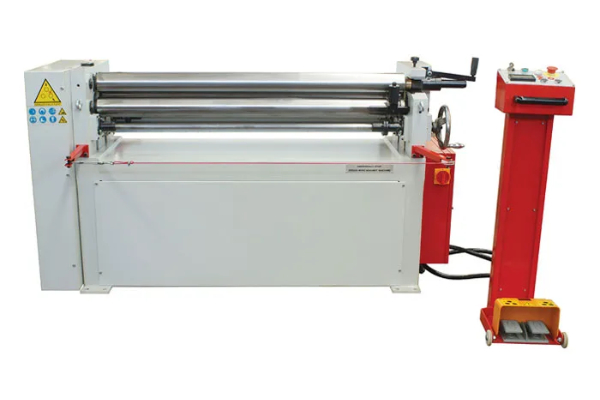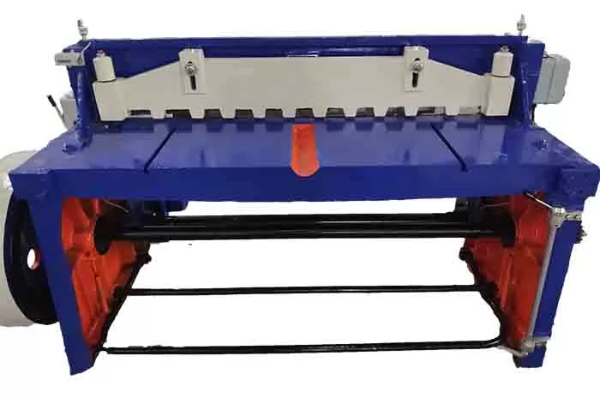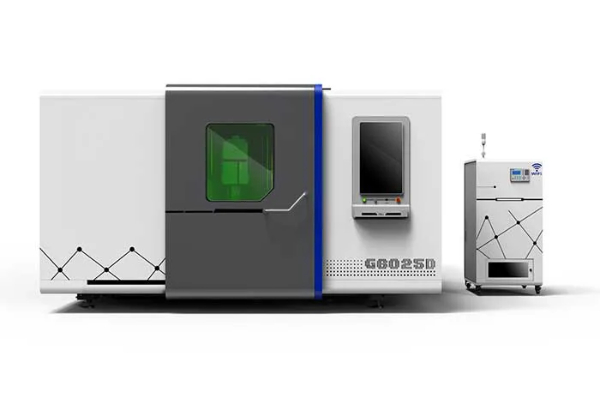
Considerations for Space and Power Requirements When Selecting a Sheet Bending Machine
- By:Metmac
- 2024-05-23
- 93
Selecting the right sheet bending machine is crucial for any metal fabrication shop. Two critical factors to consider are space requirements and power consumption. Understanding these aspects ensures a seamless integration into your workspace and efficient operation to maximize productivity.
Workspace Dimensions
The machine’s footprint, including the bender itself and its additional components, determines the space it occupies. Consider the location of the machine, the surrounding equipment, and the workflow. Ensure there is ample room for maneuvering, material handling, and maintenance. Measure the width, height, and depth of the machine, considering the swing radius of the bending beam.
Power Consumption
The power requirements of a sheet bending machine are determined by its hydraulics, motors, and electrical systems. The machine’s tonnage capacity and bending speed influence the power consumption. Higher tonnage machines require more power to generate the necessary force. Check the machine’s specifications to determine its voltage, amperage, and kilowatts (kW) requirements. Ensure your power supply can meet these demands to avoid overloading or machine failure.
Auxiliary Equipment
In addition to the bender itself, consider the space and power needs of any auxiliary equipment. This may include a material feed system, a backgauge, a tooling rack, or a control console. Plan for the placement of these components and their power requirements. Ensure they do not interfere with the bending operation or pose a safety hazard.
Future Expansion
When selecting a sheet bending machine, consider your potential future needs. If you anticipate expanding your operations or working with larger materials, select a machine with a larger capacity and higher tonnage. This will allow you to accommodate future growth without the need for costly upgrades or replacements.
Layout Optimization
Optimizing the layout of your machine and auxiliary equipment can maximize space utilization. Position the machine to facilitate material flow and minimize wasted motion. Utilize vertical space by mounting tools or supplies on shelves or racks. Implement a material handling system to reduce manual effort and improve efficiency.
Energy Efficiency
Consider the energy efficiency of the sheet bending machine. Newer machines often feature energy-saving technologies, such as variable speed drives and regenerative braking. These features can reduce power consumption and lower operating costs. Look for machines that comply with energy efficiency standards and utilize sustainable practices.
Maintenance Considerations
Plan for adequate space for maintenance activities. Ensure there is clearance around the machine for accessing components and performing routine maintenance. Consider the location of hydraulic reservoirs, filters, and electrical components for easy accessibility. Regular maintenance will extend the machine’s lifespan and enhance its performance.
-
The Advantages of Using a Sheet Roll Forming Machine in Manufacturing
2024/09/14 -
How to Optimize Your Laser Sheet Cutting Machine for Maximum Performance
2024/09/12 -
How to Maximize Efficiency with Modern Sheet Metal Working Machines
2024/09/04 -
The Environmental Benefits of Using Duct Board Grooving Machines
2024/09/03
-
A Guide to the Latest Innovations in Sheet Metal Folding Machines
2024/11/29 -
Key Features to Consider When Investing in a Sheet Metal Folding Machine
2024/11/28 -
Enhancing Precision with Advanced Sheet Metal Folding Machines
2024/11/27 -
How to Choose the Right Sheet Metal Folding Machine for Your Workshop
2024/11/26



